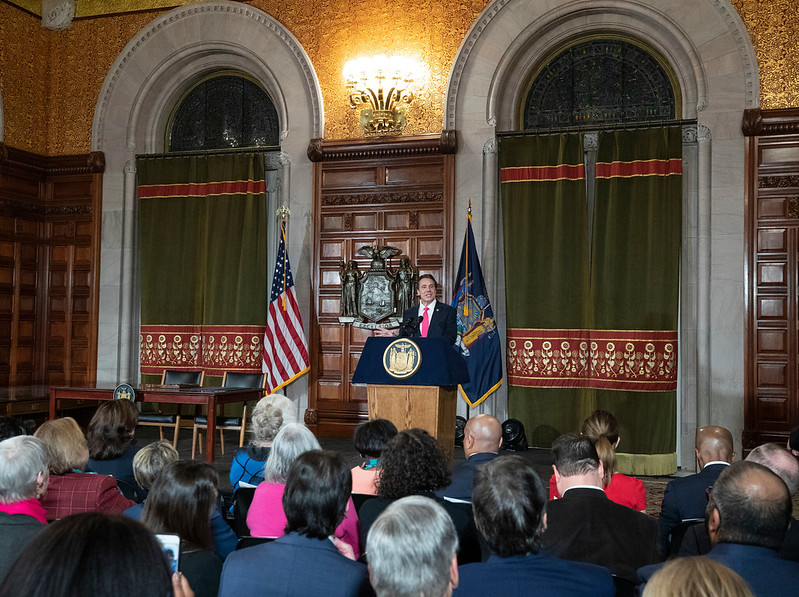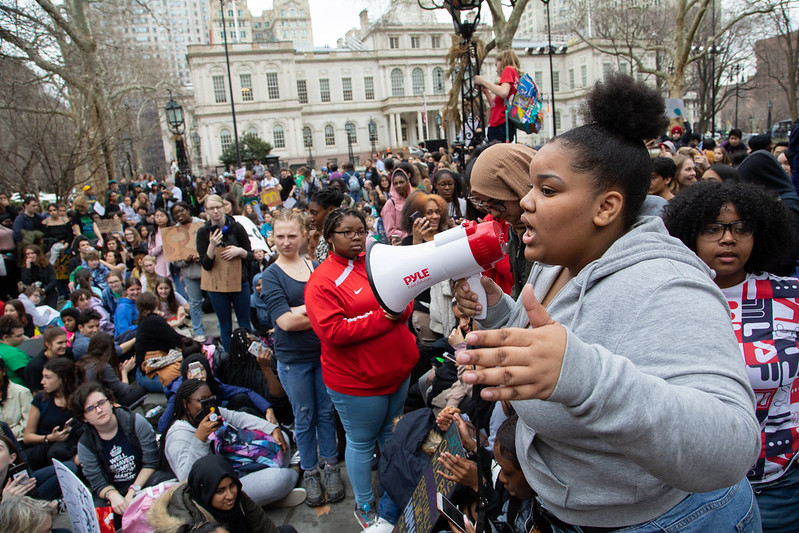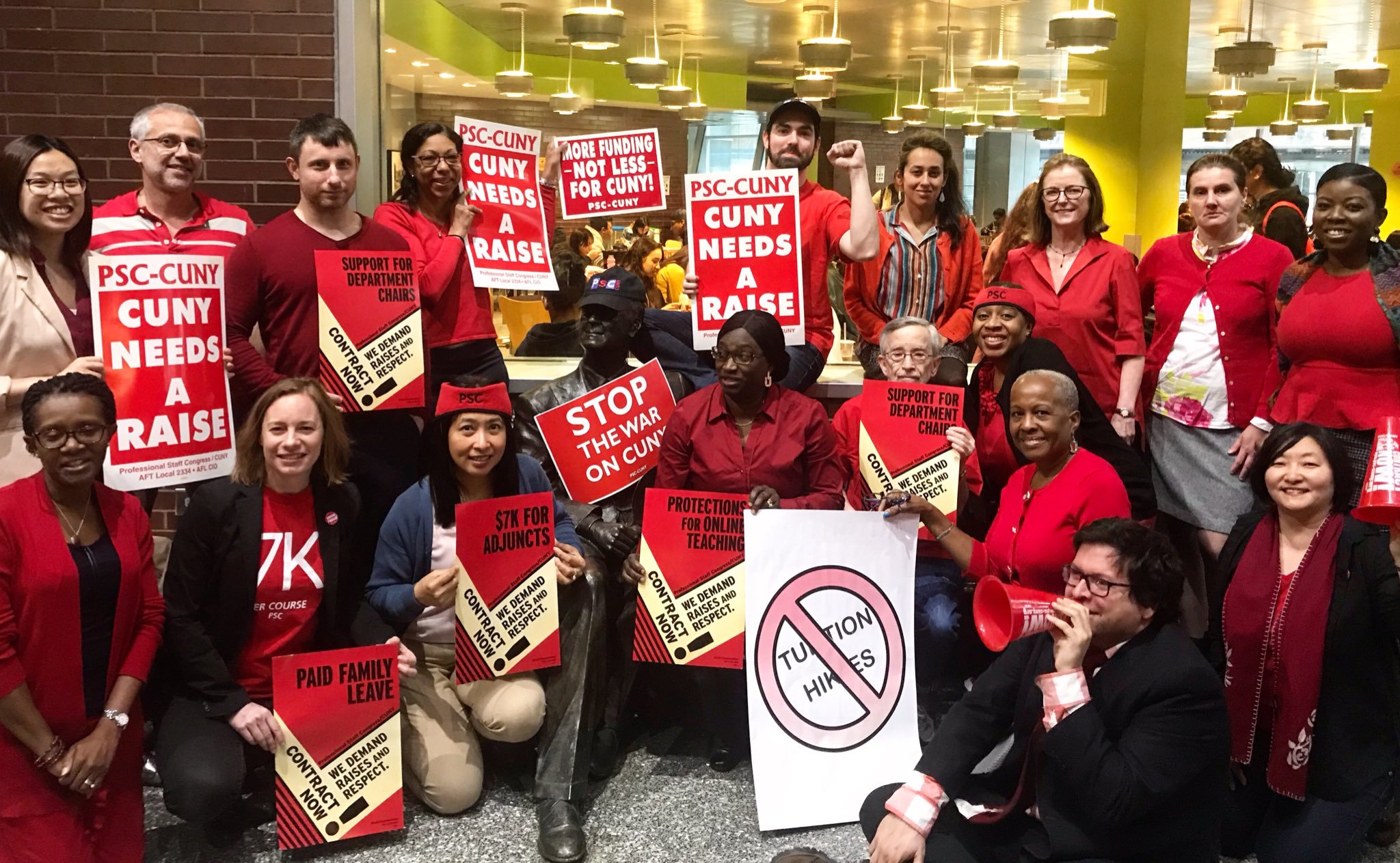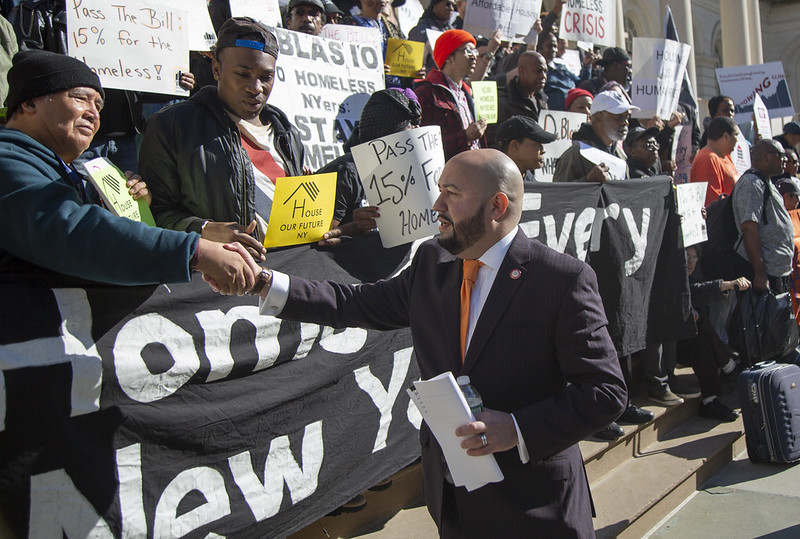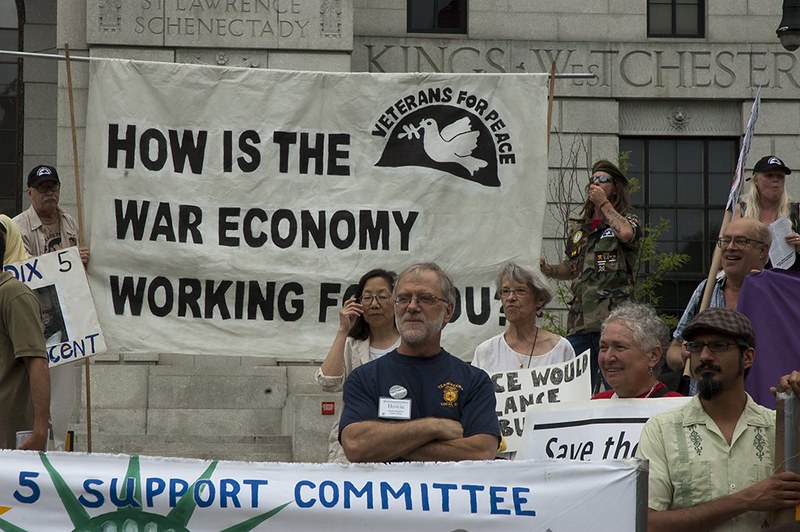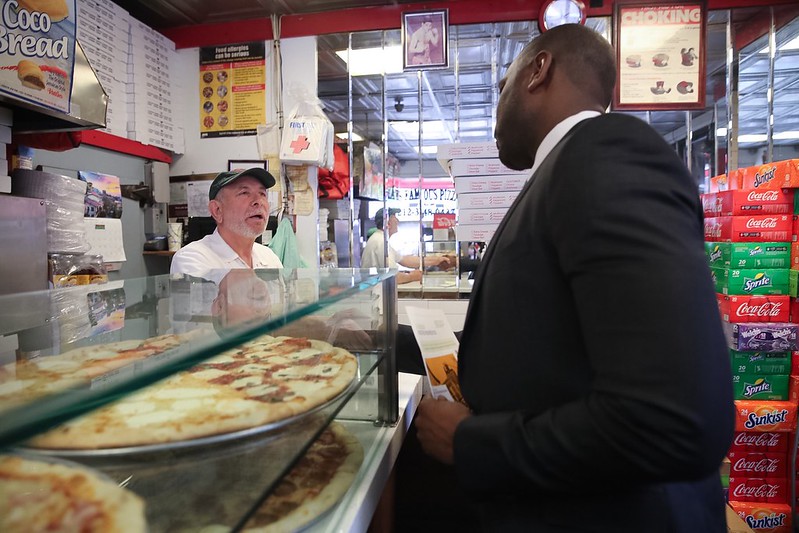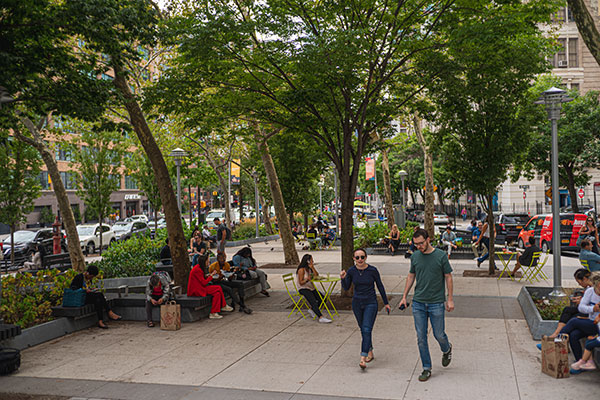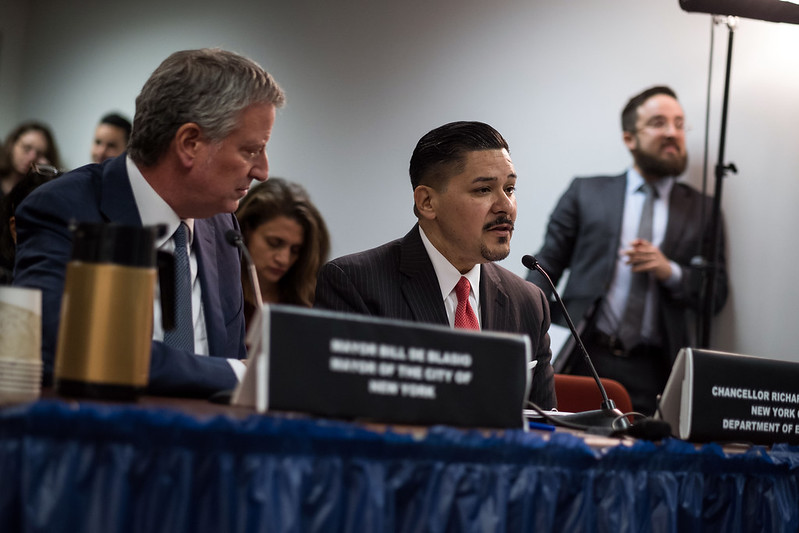
Chancellor Carranza, with Mayor de Blasio (photo: Ed Reed/Mayor's Office)
City Schools Chancellor Richard Carranza has gone rogue over the issue of what to do about the specialized high schools like Brooklyn Tech, Stuyvesant, Bronx Science, and five others that use the SHSAT, a competitive academic test to determine admissions.
While Mayor Bill de Blasio is now saying that he is open to keeping the test with some added admissions features and the City Council is convening a task force intended to include all stakeholders, which will take a year to examine the issues and make recommendations, Carranza recently demanded that the state Legislature simply “get out of the way” and repeal the state law mandating the existence of Tech, Stuy, and Science with the current admissions system.
This year saw the refusal of the state Legislature to consider the chancellor’s favored bill that would have replaced the test with geographic and other preferences intended to replace much of the Asian student admission with black and Latino students. It wasn’t surprising that many in the Asian community reacted to this by calling the proposal racist.
The chancellor claims that the state should repeal the state law, Hecht-Calandra, because it should get out of the business of running city schools. This ignores that the state gives the city over $11 billion a year to run our schools as well as the myriad of state regulations limiting the city’s unfettered discretion. The state is simply involved, and no amount of rhetoric can make that fact go away.
In return for eliminating the law that mandates the existence of Tech, Stuy, and Science, the chancellor tells the state Legislature to trust him for maintaining the quality of these schools; he says hold him accountable. Of course, that requires that he be around to be held accountable. In the past ten years we have had five different chancellors. Mayor de Blasio, who appointed Carranza, will be out of office at the end of 2021.
Carranza’s “just trust me” approach to eliminating the law mandating the existence of the three schools ignores that he and the mayor have the authority to reverse the city’s decision to voluntarily add five additional schools to the test-in requirement. We don’t have to trust him; he and the mayor can show the Legislature and the public that they can make their desired reforms with those five schools, but they choose not to.
The chancellor claims eliminating the law that mandates the existence of the best high schools in the city is necessary so he can diversify their student bodies “overnight” while maintaining their quality. But the DOE’s failure to diversify academically challenging high schools where there is no state mandated admission system belies this claim.
Of the 22 best STEM (Science, Technology, Engineering and Math) high schools in the city making Newsweek’s list of the 500 best in the country, the sad truth is that the city’s public schools were in the minority. Most of the city schools on the list are private and charge tuition, which can be over $40,000 a year. And of the public schools, the overwhelming majority were specialized high schools. Only three others, Eleanor Roosevelt, Townsend Harris and NEST (Manhattan) made the cut.
Where the city has had the unfettered right to determine admissions processes for these high-achieving STEM high schools, it has ignored the need to diversity their student bodies. At Eleanor Roosevelt, for example, which has a city-mandated preference for students coming from the Upper East Side, the school is over 60 percent white and only 4 percent black.
The city’s schools are described as being the most segregated in the nation. And the explanation for this, particularly from the mayor, is often that we have segregated housing patterns. But at Eleanor Roosevelt, the DOE is affirmatively supporting racial segregation while falsely claiming it is open to all students in the city.
Putting these facts together suggests that the state would be advised to keep the law as it is while allowing the City Council’s task force to do its job. In a very difficult environment, made more difficult by the chancellor, it may be able to heal the wounds caused by the previous effort to eliminate the test and rationally deal with the issues of promoting academic quality and diversity. Both are needed if the children of our city are to be given the best chance to excel in life.
***
Larry Cary is the President of the Brooklyn Tech Alumni Foundation. He is a practicing attorney in Manhattan.
***
Have an op-ed idea or submission for Gotham Gazette? Email This email address is being protected from spambots. You need JavaScript enabled to view it.
